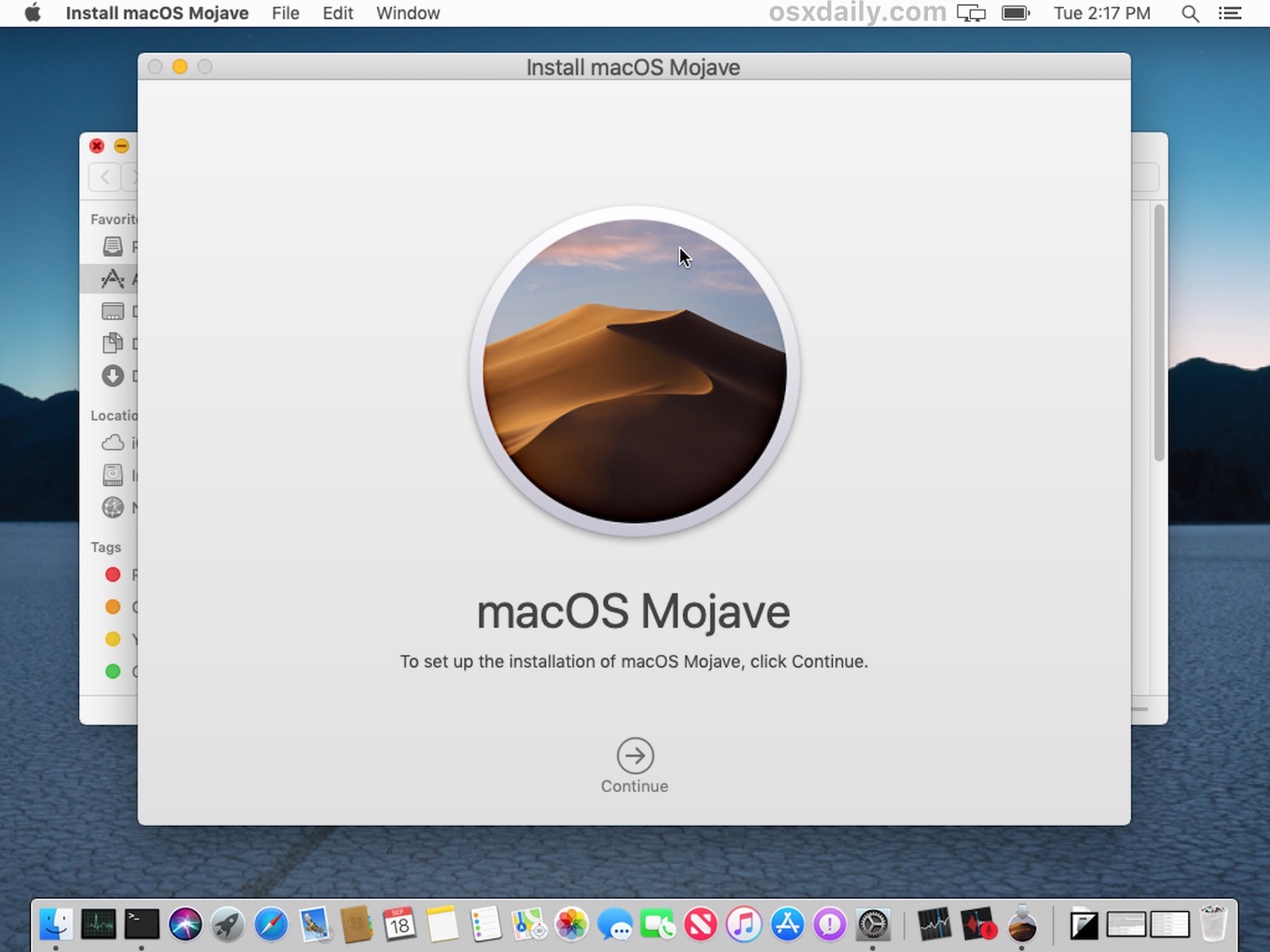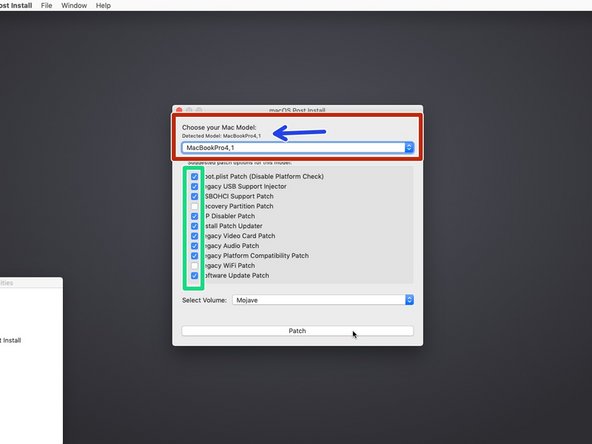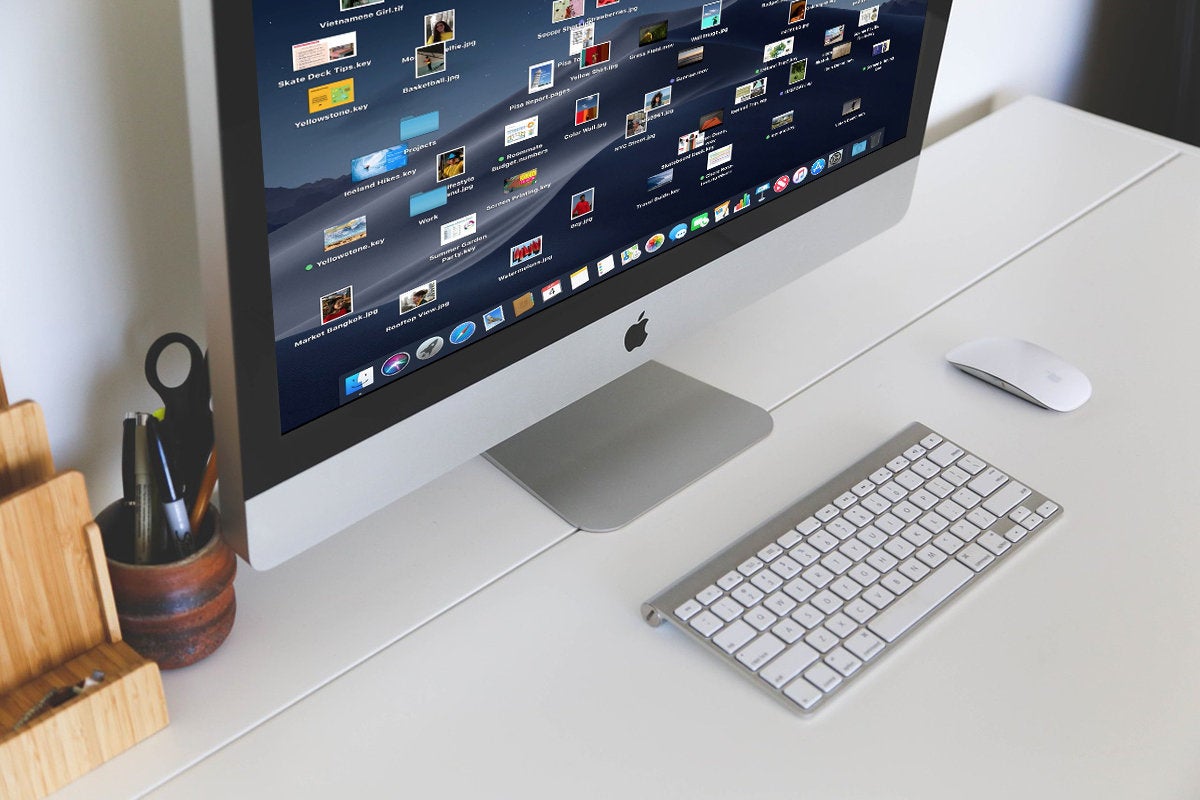Here's how it works
How to upgrade on your Mac Choose Apple menu System Preferences, then click Apple ID. If you’re using macOS Mojave or earlier, you don’t need to click Apple ID.
- Problem: Screen goes black after reboot when trying to install Mojave and doesn't boot. What I'm trying to do: I am trying to install Mojave 10.14.6 on my Mac Pro using a NVIDIA K5000 for Mac. I have had no success with every possible combination of attempts as it always ends the same which leads me to believe I could be missing something.
- Download macOS Mojave DMG Installer from Mac App Store If all you need is the stub installer for an upgrade from an existing macOS installation, it's even easier because it's just a question of simple and direct download from Apple's servers.
- Mojave is the next update to the Mac operating system High Sierra. It had been released on 24th of, September 2018 as a free update that is available for those who want to install and try this all-embracing OS. An attractive upgrade with dozens of latest preferences for handling documents, applications, and media files.
Choose from a total of 50GB, 200GB, or 2TB. You can even share the 200GB and 2TB plans with your family. Sims 4 mac discover university torrent. Your storage is upgraded immediately, and your monthly payment date reflects the purchase date for your plan. If you upgrade from one paid plan to another, we’ll cancel your existing plan and charge you the prorated cost* of your new, larger plan.
You're billed every month for your storage plan unless you downgrade or cancel your plan. Each month you'll get an email to remind you of your upcoming payment.
Learn about iCloud storage plans and pricing in your region.
Apple One
With Apple One, you can choose a subscription plan that includes 50GB, 200GB, or 2TB of iCloud storage. If you need more iCloud storage, you can buy more for a total of up to 4TB.
Learn more about your iCloud storage and Apple One.
Upgrade your iCloud storage from any device
Whether you’re on an iPhone, iPad, iPod touch, Mac, or PC, upgrading your iCloud storage is simple. Choose your device below and buy more in just a few quick steps.
How to upgrade on your iPhone, iPad, or iPod touch
- Go to Settings > [your name] > iCloud > Manage Storage or iCloud Storage.
- Tap Buy More Storage or Change Storage Plan.
- Choose a plan.
- Tap Buy and follow the onscreen instructions.
If you're on your iPhone, iPad, or iPod touch with iOS 14 or iPadOS 14 or later, tap here to upgrade your iCloud storage.

How to upgrade on your Mac
- Choose Apple menu > System Preferences, then click Apple ID. If you’re using macOS Mojave or earlier, you don’t need to click Apple ID.
- Click iCloud.
- Click Manage in the lower-right corner.
- Click Change Storage Plan or Buy More Storage, and choose a plan.
- Click Next and enter your Apple ID password.

How to upgrade on your Windows PC

Update My Mac To Mojave
- Open iCloud for Windows.
- Click Storage.
- Click Change Storage Plan.
- Choose a plan, then click Next.
- Enter your Apple ID password, then click Buy.
Learn more
How To Upgrade To Mojave Mac
- When you buy more iCloud storage, your upgrade is billed to the Apple ID that you use with iCloud. See or change your Apple ID payment information.
- If you reach or exceed your iCloud storage limit, just buy more storage or make space available. You get 1GB of free storage with web-only access to iCloud.
- With Apple One, you can bundle your iCloud storage with Apple Music, Apple TV+, Apple Arcade, and more for a low monthly price. Learn how to sign up for Apple One.
- Discover what iCloud backs up.
- If you have more space in iCloud than you need, you can downgrade or cancel your storage plan at any time.
Can I Upgrade My Mac To Mojave
* We'll charge you the cost of the higher-tier plan minus the prorated cost of your previous plan.
